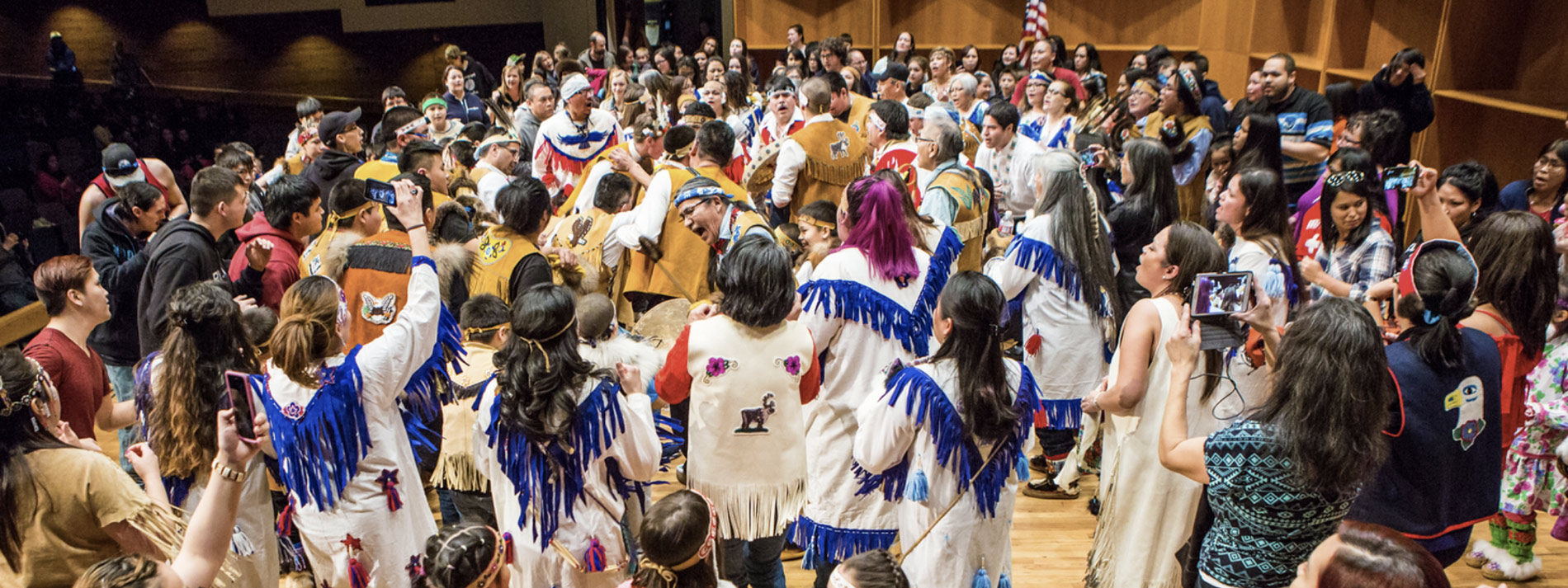What we collect
The value of the materials housed in the Alaska Native Language Archive derives at least in part from the comprehensive nature of the collection. Hence, the Archive strives to acquire as many materials in and about Alaska Native languages as possible. However, the Archive also recognizes that sufficient resources may not be available in the future to maintain a comprehensive collection. With this in mind, several principles of acquisition prioritization have been established. Acquisition must balance potentially competing priorities along the essentially independent parameters of source language, content type, and publication status.
Priority is given to materials pertaining directly to the documentation of Alaska Native languages. Lesser priority is given to materials documenting related languages spoken entirely outside Alaska. For these purposes the term Alaska Native language is roughly defined as those indigenous languages spoken in Alaska at the time of European contact, as well as Tsimshian and Haida, which moved into the state more recently. For the purposes of archival acquisition, certain Russian varieties and creoles with a long history in Alaska may also be considered to be Alaska Native languages.
Priority will be given to documentary and pedagogical materials which relate directly to Alaska Native languages. Secondary priority will be given to materials which pertain to Alaska Native languages within a broader context (e.g., language classifications, language policy, history of language contact, pedagogical theory). Lowest priority will be given to materials deriving from Alaska Native languages but not containing any actual language information (e.g., English translations of Native language stories).
While the Archive strives to be comprehensive, a priority is placed on items which are not available in other collections, as follows in decreasing order of priority.
- Primary materials, especially unpublished manuscripts and field notes.
- “Gray” literature: locally-published materials with limited distribution, including self-published or mimeographed language teaching materials and readers. as well as reports to government agencies.
- Secondary materials, including copies of materials which exist in other collections which are not readily accessible to users of the Alaska Native Language Collection.
The Archive does not actively acquire individual recordings but rather serves as a repository for substantial, significant collections relating to identified documentary or pedagogical projects.
The Archive does not accept acquisitions that exceed the institution’s capacity to care for, store, and provide access to collections. Every donation must be accompanied by a gift agreement and adequate background information (or metadata).
Get more information



